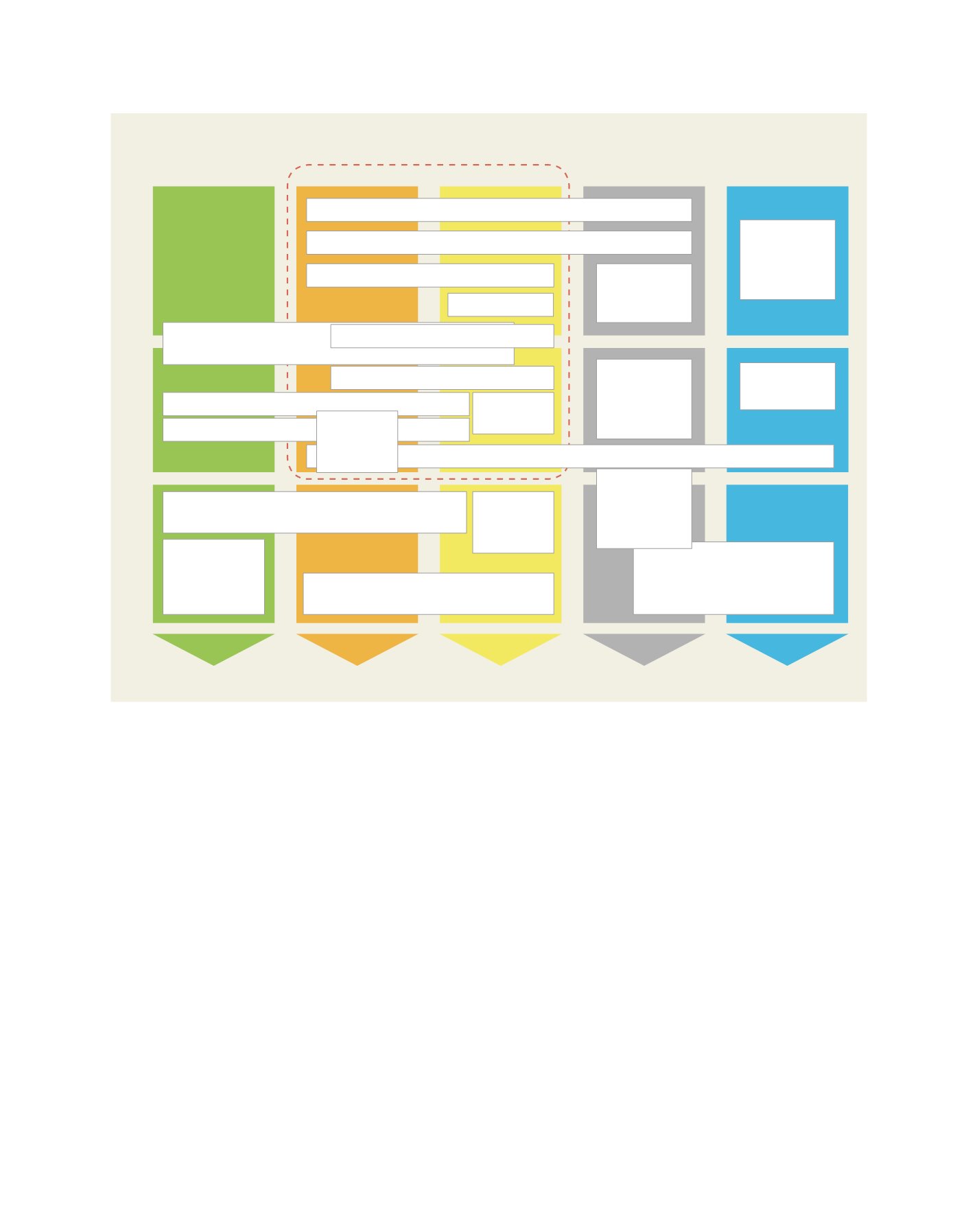

[
] 44
A B
et ter
W
or ld
Development (BMZ)’s water strategy, endorsed in 2017. The
strategy places water sector activities in the context of the
BMZ’s overall contribution to implementing the 2030 Agenda,
the Paris Agreement and other global agreements such as
those on human rights. Beyond calling for holistic manage-
ment of water and related resources, key interfaces and areas
of activity involving adjacent sectors are, or will be described
in separate strategy documents. These links between sectors
typically occur in the following SDG constellations:
• Water education, health, and food and nutrition
• Water, sustainable economic development
• Employment and vocational training
• Water, agriculture and energy
• Water, environment and climate change
• Water, good governance, urban development
• Water, population growth and migration.
19
Case history 1: Nashik, India
The city of Nashik is outstanding in its endeavour to become
an exemplar of sustainability through liquid and solid
waste management over a range of projects. Nashik ranked
42nd out of 423 Indian cities when evaluated in a sanita-
tion ranking exercise carried out under the mandate of the
National Urban Sanitation Policy, through the Ministry of
Urban Development, government of India.
As a further development, one of the innovative projects
undertaken by Nashik is the Waste to Energy programme,
implemented with the support of Deutsche Gesellschaft fuer
Internationale Zusammenarbeit (GIZ) as an activity under
German development cooperation. The project involves
combining the waste streams of organic kitchen waste and
septage from public and community toilets and converting it
into electrical energy through co-fermentation. The sources
of waste are ring-fenced, owing to a bylaw which dictates that
the city takes ownership of the waste from hotel kitchens.
A two barrier system of septage pasteurisation and biom-
ethanisation enables the operator to use the residue for soil
enhancement at agricultural sites. Field trials are currently
ongoing in the Dhule district to the South of Nashik. With
this approach, complete reuse of input waste is maintained,
and nutrients as well as organic carbon are recirculated.
The operation is completely financed through the business
model, with an estimated 15–30% of the capital investment
to be refinanced.
20
In 2004, Florian Klingel, as advisor in the GTZ Ecosan Programme, developed an iconography to describe matter fluxes and technologies relevant to closing-the-
loop sanitation approaches. The system’s borders are broad and include many sectors. The SFD however, restricts its focus to the area outlined in red above
Source: adapted from reference 16: UNESCO/IHP & GTZ (2006). Capacity Building for Ecological Sanitation – Concepts for ecologically sustainable sanitation in formal and continuing education
Fig 4: Essential technological components used in reuse-oriented sanitation systems
Solid biowaste
Utilisation
Treatment
Collection
Faeces
Urine
Greywater
Rainwater
Biogas used for
lighting, cooking,
electric power
Reuse of (treated) wastewater from agriculture,
aquaculture, epuvalisation, etc.
Soil conditioning with treated excreta and solid biowaste
Fertilizing
with urine of
derivatives
Anaerobic treatment
Wastewater treatment (centralised or decentralised)
Composting toilets
Composting, vermi-composting
Urine
processing
Urine diversion
(Re)-use as service water or in
agriculture, aquaculture, groundwater
recharge, etc.
Greywater
gardens, mulch
trench systems
Separate
greywater
collection
Rainwater
harvesting
Rainwater
treatment
Constructed
wetlands, ponds,
bio-treatment,
etc.
Sludge
dehydration,
humification
(Prolongued) storage
Dehydration toilets
Solid–liquid separation
Vacuum sewarage
Gravity sewerage (conventional or small-bore, centralised or decentralised)
















